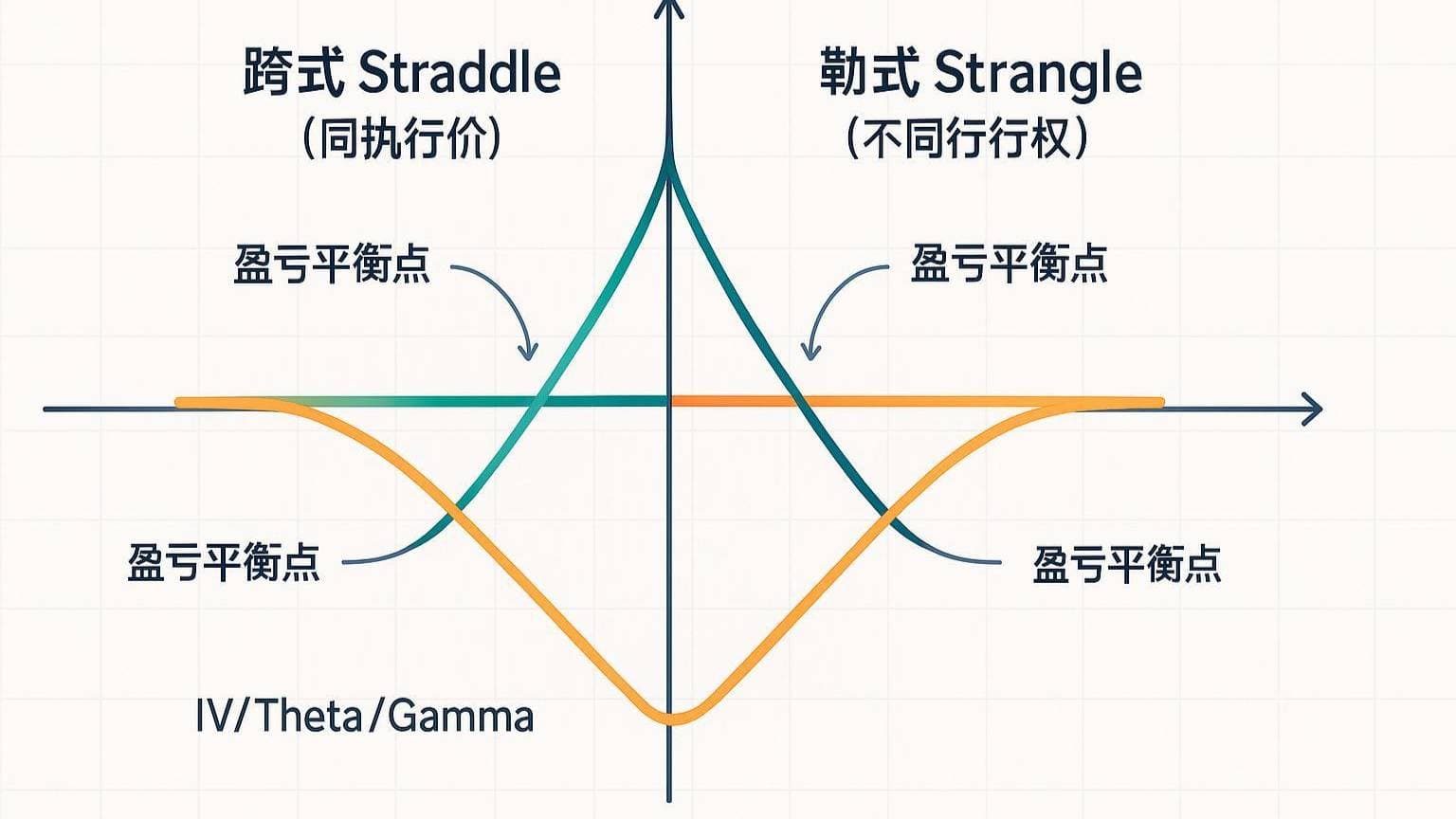- EasyCard
- Trade
- Help
- Announcement
- Academy
- SWIFT Code
- Iban Number
- Referral
- Customer Service
- Blog
- Creator
What is Delisting? You Must Understand the "Red Card" in the Stock Market

Image Source: pexels
You may be wondering, what does delisting mean? In the U.S. stock market, delisting is like a “red card penalty” in a soccer game, where a company is forcibly removed from the trading venue. The stocks you hold may lose liquidity, affecting the safety of your funds. According to statistics from major stock markets over the past decade, stock survival rates are as follows:
| Time Period | Stock Survival Rate |
|---|---|
| 5 Years | About 20% |
| 20 Years | About 50% |
Delisting is closely related to investors’ interests, and you need to take this risk seriously.
Key Takeaways
- Delisting means a company’s stock is forcibly removed from an exchange, significantly reducing liquidity, and investors need to focus on fund safety.
- Delisting does not mean you lose ownership of the stock, but trading channels will change, possibly requiring transactions in over-the-counter (OTC) markets.
- Timely identification of delisting risk signals, such as sharp stock price drops or financial irregularities, helps protect investment interests.
- After a stock is delisted, investors should consider selling quickly to avoid further losses or consult their broker for handling options.
- Regularly analyzing a company’s financial condition and market dynamics, and adopting diversified investment strategies, can reduce delisting risks.
What Does Delisting Mean

Image Source: pexels
Definition and Explanation
When investing in stocks, you often hear the question, “What does delisting mean?” Delisting refers to a listed company being forcibly or voluntarily removed from a stock exchange due to non-compliance with the exchange’s regulations, resulting in its stocks no longer being publicly traded. The stocks you hold will no longer be tradable on the original trading platform, significantly reducing liquidity.
Delisting holds a critical position in the stock market. It directly affects your investment safety and fund liquidity. You need to understand that delisting does not mean you lose ownership of the stock, but you may face trading restrictions and difficulties in recovering funds.
Many investors have common misconceptions about delisting:
- You may think that after delisting, stock ownership automatically disappears, but in reality, you still own the stock, though the trading channels change.
- You may misunderstand liquidity issues, believing that stocks cannot be traded after delisting. In fact, some delisted stocks can continue trading in OTC markets, but liquidity and price transparency are significantly reduced.
- Some investors believe delisting has little impact on them, especially small retail investors. However, delisting affects your fund liquidity and investment decisions.
During the investment process, you must clearly understand “what does delisting mean” to better protect your interests.
“Red Card Penalty” Analogy
You can think of delisting as a “red card penalty” in a soccer game. When a player commits a serious foul, the referee issues a red card, and the player must leave the field, unable to continue the game.
Similarly, if a listed company violates exchange rules, such as financial fraud, non-compliant information disclosure, or consistently poor performance, the exchange will “issue a red card,” forcing the company to delist. The stocks you hold will also be forced to leave the mainstream trading platform, losing their original liquidity and transparency.
Major global exchanges have different regulations for the delisting process and investor protections. You can refer to the table below to understand common protective measures:
| Protective Measure | Description |
|---|---|
| Information Disclosure Requirements | Companies must disclose information about the delisting decision, reasons, and post-delisting trading plans to ensure shareholders can make informed investment decisions. |
| Supervisory Committee Review Request | Shareholders holding 5% or more of shares have the right to request a supervisory committee to review the board’s activities, ensuring delisting does not involve violations or harm to minority shareholders. |
| Request for Shareholder Meeting | Shareholders holding 5% or more of shares can request a shareholder meeting to review board decisions and protect shareholder rights. |
| Fair Share Repurchase Price Regulations | If shares are listed, the repurchase price must not be lower than the market price, protecting shareholders’ economic interests. |
| National Regulatory Oversight Mechanisms | Oversight is conducted through information disclosure requirements, regular and ad-hoc inspections, ensuring companies operate compliantly. |
When investing in the U.S. or other markets, you must pay attention to these protective measures and understand what delisting means to make more informed investment decisions.
Reasons for Delisting
Poor Performance
When understanding what delisting means, you should first focus on company performance. If a listed company experiences insufficient profitability for consecutive years or has negative net assets, the exchange will initiate delisting procedures. You will find that audit standards and compliance issues are also common reasons. If a company fails its annual audit or the accounting firm fails to meet transparency requirements, it may also be forcibly delisted.
You can refer to the following common reasons for delisting:
- Audit standards and compliance issues
- Weak internal controls
- Corporate fraud
- Choosing unreliable intermediaries
Financial Fraud
Financial fraud is a high-risk factor leading to delisting. You may have heard of Enron Corporation and Wirecard AG, both of which were delisted due to accounting fraud.
In the Chinese mainland and U.S. markets, financial fraud accounts for a high proportion of delistings. You can refer to the table below to understand the frequency of fraud allegations for different types of companies:
| Type | Fraud Allegation Frequency |
|---|---|
| Chinese Reverse Mergers (CRM) | About 17% |
| Non-Chinese Reverse Mergers | About 7% |
These data show that financial fraud not only harms investors’ interests but also directly triggers delisting.
Non-Operational Fund Misappropriation
Non-operational fund misappropriation by controlling shareholders or related parties is another significant reason for delisting. You need to be wary of company funds being misused, such as for advance wage payments or borrowing company funds. Regulators require that fund misappropriation be primarily settled in cash, and non-cash asset settlements must undergo valuation and shareholder meeting approval.
| Regulatory Measure | Related Provisions |
|---|---|
| Cash Settlement | Per Article 21, fund misappropriation should be settled in cash as a principle. |
| Non-Cash Asset Settlement | Settlements require valuation and shareholder meeting approval. |
| Forms of Fund Misappropriation | Includes advance wage payments, borrowing company funds, and other forms. |
Public Reprimand
If a company or its executives are publicly reprimanded by the exchange for significant violations, it may also trigger delisting. You need to monitor company announcements and regulatory developments. Public reprimands typically involve issues like untimely information disclosure or major legal violations. If a company is repeatedly reprimanded, the exchange has the right to initiate delisting procedures to protect investors’ interests.
Impacts of Delisting

Image Source: pexels
Fund Safety
When holding delisted stocks, you will first feel the pressure on fund safety. Delisting often indicates financial or compliance issues with the company, causing a rapid decline in investor confidence in the stock. You may notice the stock price plummeting, leading to losses in book value.
Delisting is typically seen as a signal of a company’s financial problems, causing investors to lose interest in the stock, further reducing trading volume.
You also need to note that dividends may decrease or stop after delisting, affecting your returns. If the company ultimately goes bankrupt, the stocks you hold may become worthless.
- You may face value losses.
- Liquidity decreases, making it harder to sell stocks.
- If the company goes bankrupt, the stock price may plummet, causing losses when selling.
- Dividends from dividend-paying stocks may decrease or stop, affecting investors’ returns.
Trading Restrictions
After delisting, you will find that stocks can no longer be traded on the original exchange. Trading channels become limited, and liquidity significantly decreases. You may only be able to trade through OTC markets, which have lower trading volumes and less price transparency.
When selling delisted stocks, you may need to accept significant price discounts. Some investors choose to continue holding, hoping the company resumes operations, but this carries high risks.
You need to closely monitor delisting announcements and promptly evaluate your investment decisions. Trading restrictions after delisting will directly affect your fund liquidity and asset realization ability.
Stock Destination
After delisting, the stocks you hold are usually transferred to OTC markets. You still retain ownership of the stock, but the trading method changes.
- You can choose to continue holding delisted stocks, hoping the company resumes operations.
- If you decide to sell delisted stocks, it’s recommended to sell as soon as possible after the delisting announcement to avoid further losses.
- Delisted stocks are typically transferred to OTC markets, where you can still trade them.
When encountering delisting in the U.S. market, you can check with your broker’s platform to see if the stock has been transferred to the OTC market. You need to understand that OTC markets have much lower liquidity and price transparency than main exchanges, increasing trading risks.
When handling delisted stocks, you must remain vigilant, reasonably assess risks, and protect your fund safety.
Coping Strategies and Risk Mitigation
Risk Warning Signs
When investing in stocks, identifying delisting risks in a timely manner is crucial. In the U.S. market, the following signals often indicate a company may face delisting:
- A sharp drop in stock price, especially when the stock price falls below $1 per share, significantly increasing delisting risks.
- The company proactively proposes privatization, usually indicating a plan to exit the public market.
- Multiple reverse stock splits, indicating the company is struggling to maintain listing status or undergoing restructuring.
- Financial statements showing abnormalities for consecutive quarters, possibly reflecting deteriorating business conditions.
- Large-scale sell-offs by institutional investors, indicating a lack of market confidence.
- Serious corporate governance issues, violating exchange rules.
- The company fails to rectify issues after receiving warnings from the exchange.
By paying attention to these signals, you can prepare for risk warnings in advance and avoid passively dealing with delisting events.
Handling Methods
When the stocks you hold are delisted, you can handle them in the following ways:
- If your broker’s platform supports it, you can sell delisted stocks to receive cash payments, cutting losses promptly.
- In some cases, the company may replace delisted stocks with new company stocks, and you can complete the conversion through your broker’s merger function.
- Sometimes, you may receive both cash and new stocks, and the broker will help you record the cash and new stock portions separately.
- If there is neither cash nor new stocks, you can sell the delisted stocks at $0 through the broker’s platform to declare losses for tax purposes.
When operating, it’s advisable to contact your broker’s customer service promptly to understand the specific process and ensure your funds and rights are properly handled.
Mitigation Strategies
You can adopt multiple strategies to reduce delisting risks in your investment portfolio:
- You can regularly analyze company financial statements, monitor market dynamics, and identify potential issues in a timely manner.
- You can diversify investments to spread the risk of losses from a single stock and adjust your portfolio based on your goals and risk tolerance.
- You can seek advice from professional advisors to help interpret delisting-related information and develop more scientific investment strategies.
During the investment process, maintaining risk awareness, actively identifying and mitigating delisting risks, will help protect your fund safety and achieve long-term stable returns.
You now understand the definition, causes, and impacts of delisting. Delisting leads to liquidity loss, price volatility, brokerage restrictions, reduced transparency, and decreased dividends.
| Impact Type | Description |
|---|---|
| Liquidity Loss | Delisted stocks are transferred to OTC markets, reducing trading volume and making it difficult to sell. |
| Price Volatility | Due to lower visibility and limited trading options, prices may become more volatile. |
| Brokerage Restrictions | Some brokers do not allow trading OTC stocks, limiting investors’ options to hold or sell. |
| Reduced Transparency | Delisted companies face fewer reporting requirements, making it harder to understand their financial health and future prospects. |
| Dividend Reduction or Cancellation | Delisted companies often face financial instability and may reduce or cancel dividend payments to conserve cash. |
You can protect your interests through the following methods:
- Regularly monitor portfolio performance and adapt to market changes.
- Pay attention to company reports and communications to obtain key performance indicators.
- Use real-time data and analytical tools to make quick decisions.
You should maintain risk awareness, actively identify delisting risks, invest rationally, and continuously monitor listed companies’ developments.
FAQ
Can You Still Sell Stocks After Delisting?
You can sell delisted stocks in OTC markets. Liquidity is lower, and price volatility is high. You need to closely monitor your broker’s platform trading rules.
What’s the Difference Between Delisting and Trading Suspension?
Delisting means a company’s stock permanently leaves the exchange. A trading suspension is a temporary halt in trading, with the possibility of the company rectifying issues to resume listing. You need to distinguish their impacts.
Will a Delisted Company Continue Operating?
Some companies continue operating after delisting. The stocks you hold still represent company ownership. If the company goes bankrupt, you may face a total loss.
Can Delisted Stocks Still Pay Dividends?
If a delisted company remains profitable, it may still pay dividends. However, dividend payments become more difficult, and information disclosure decreases. You need to proactively check company announcements.
Does Delisting Affect Declaring Investment Losses?
You can sell delisted stocks at $0 through your broker’s platform to declare investment losses. This helps with tax processing and asset planning.
The question, “What does delisting mean?” represents a major risk event for any investor, often resulting in a severe loss of liquidity and high uncertainty. Successfully navigating the threat of delisting requires proactive risk identification and the ability to execute rapid, cost-effective adjustments to your portfolio. In a time-sensitive situation, slow cross-border funding or high trading fees can prevent you from quickly exiting a vulnerable position.
To ensure your defense against delisting is swift and affordable, integrate the financial agility of BiyaPay. We offer zero commission for contract limit orders, a crucial advantage that drastically minimizes the cost of executing urgent trades, such as an immediate sell-off to mitigate losses from a delisting stock. Furthermore, our platform supports the swift, mutual conversion between fiat and digital assets like USDT, providing you with the fastest, most reliable pathway to fund your brokerage accounts for time-sensitive global investment. You can register quickly—in just 3 minutes without requiring an overseas bank account—and gain immediate access to US and Hong Kong Stocks. Leverage our real-time exchange rate checks to maintain transparent control over your funding costs. Open your BiyaPay account today and secure the speed and low costs necessary to protect your capital.
*This article is provided for general information purposes and does not constitute legal, tax or other professional advice from BiyaPay or its subsidiaries and its affiliates, and it is not intended as a substitute for obtaining advice from a financial advisor or any other professional.
We make no representations, warranties or warranties, express or implied, as to the accuracy, completeness or timeliness of the contents of this publication.




Contact Us
Company and Team
BiyaPay Products
Customer Services
is a broker-dealer registered with the U.S. Securities and Exchange Commission (SEC) (No.: 802-127417), member of the Financial Industry Regulatory Authority (FINRA) (CRD: 325027), member of the Securities Investor Protection Corporation (SIPC), and regulated by FINRA and SEC.
registered with the US Financial Crimes Enforcement Network (FinCEN), as a Money Services Business (MSB), registration number: 31000218637349, and regulated by FinCEN.
registered as Financial Service Provider (FSP number: FSP1007221) in New Zealand, and is a member of the Financial Dispute Resolution Scheme, a New Zealand independent dispute resolution service provider.



















